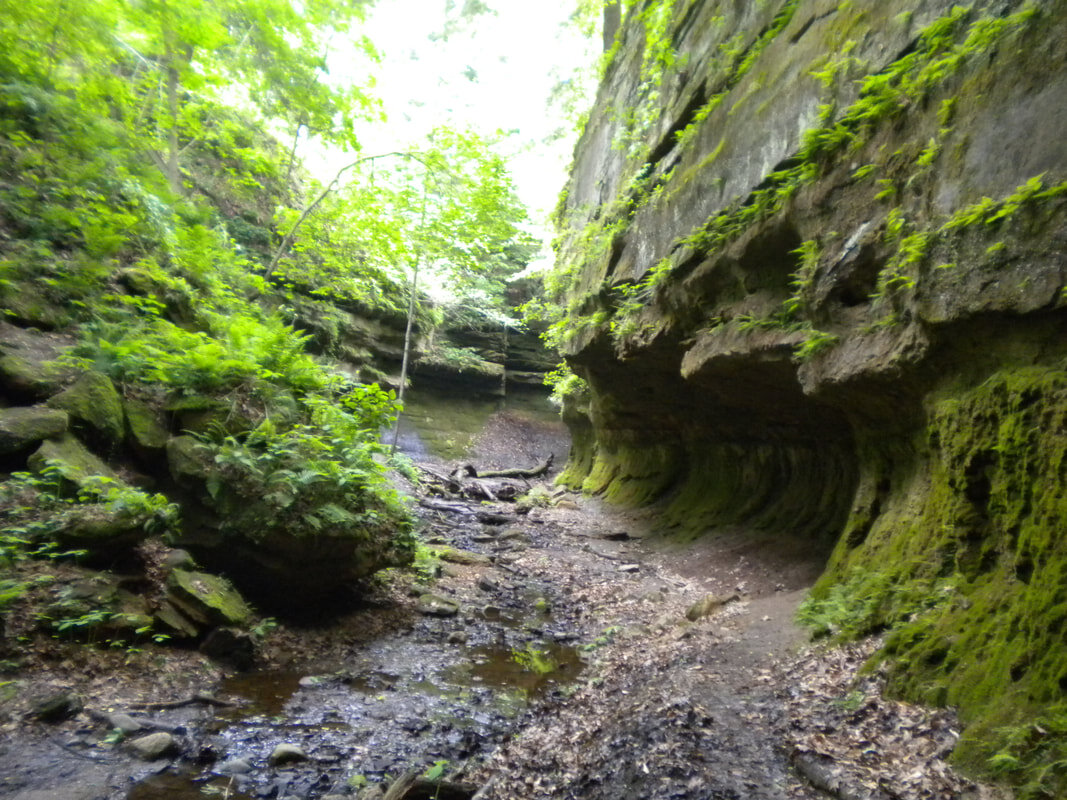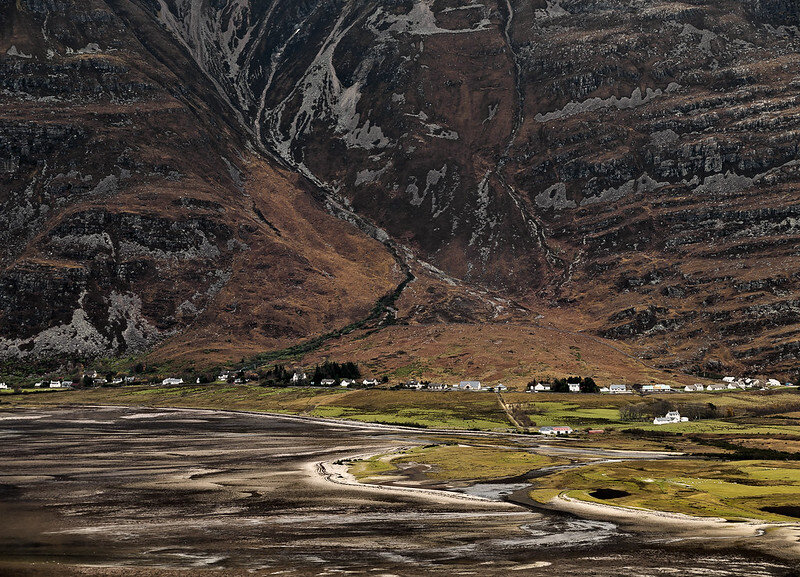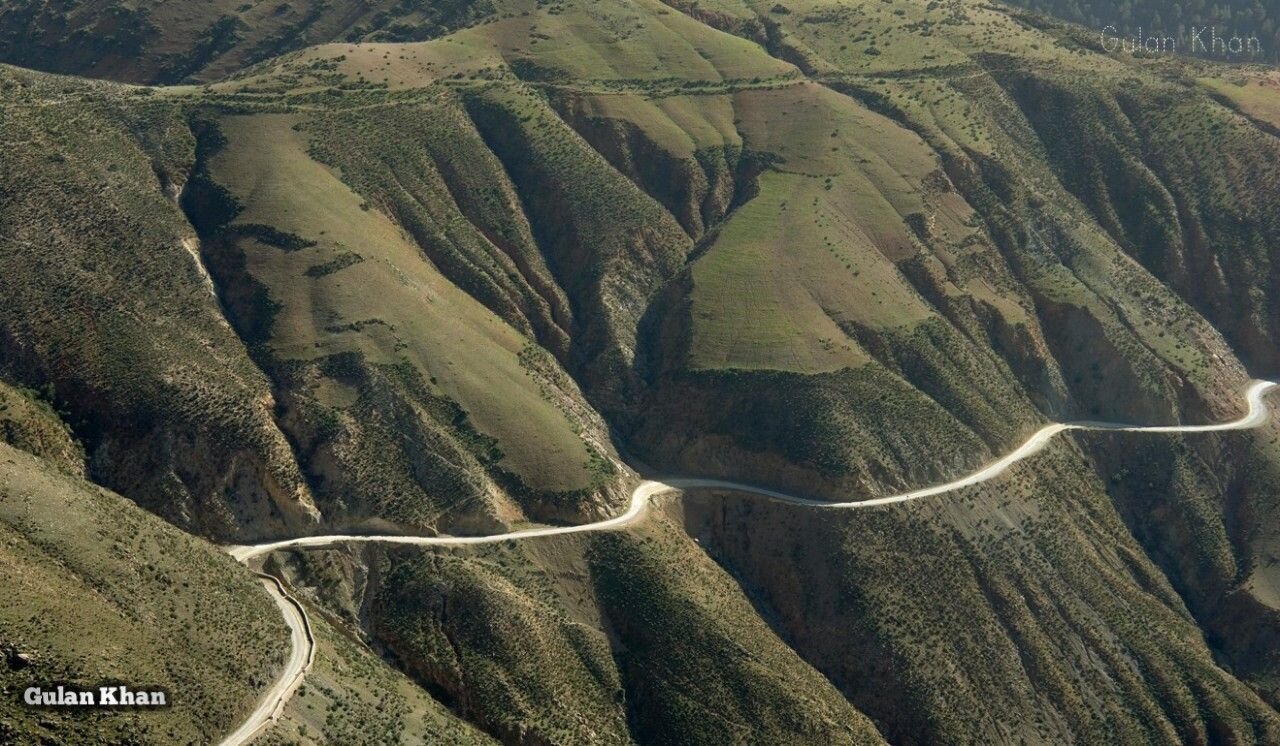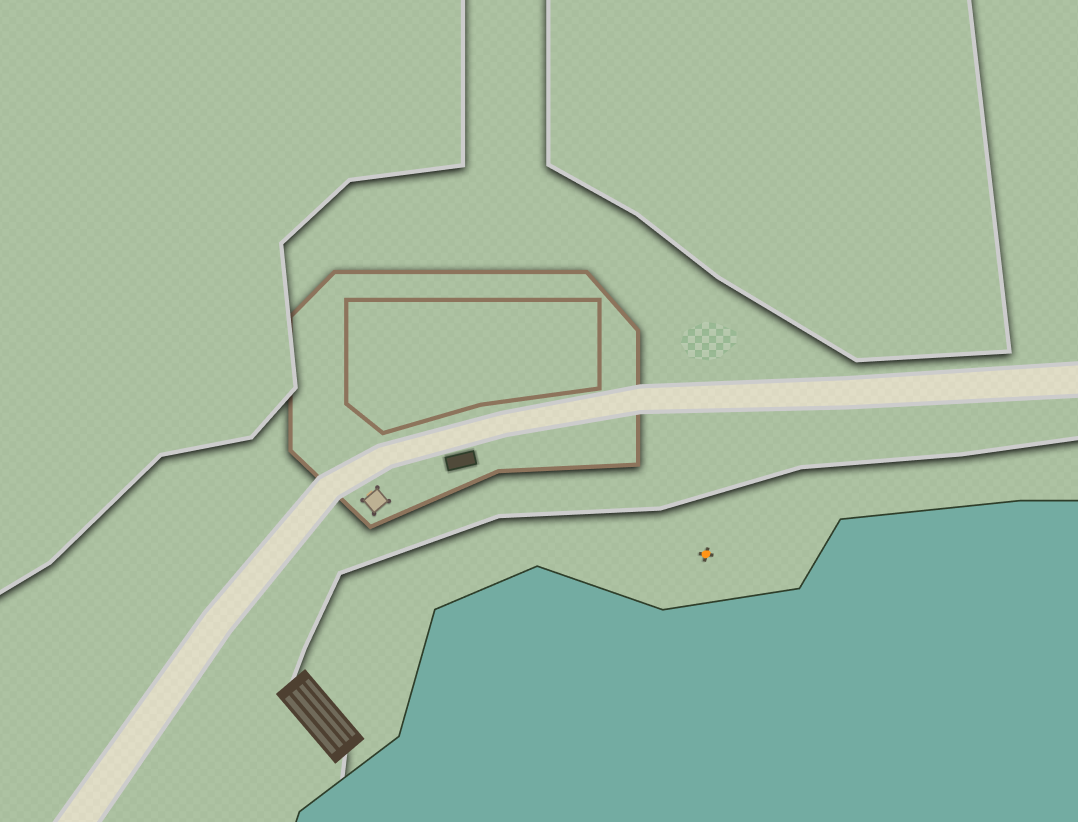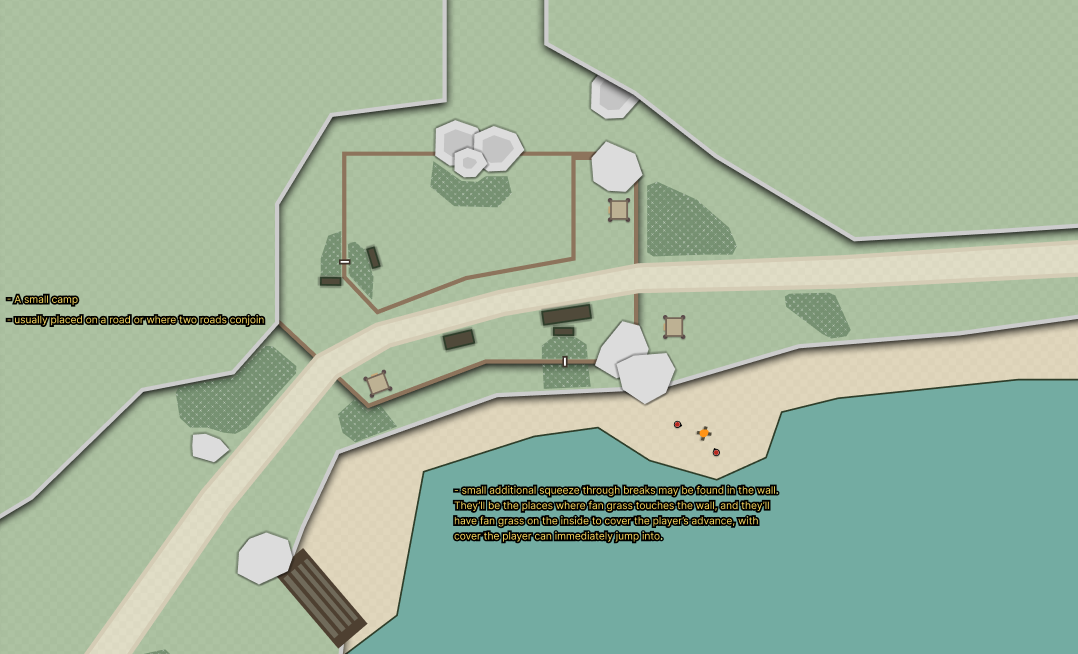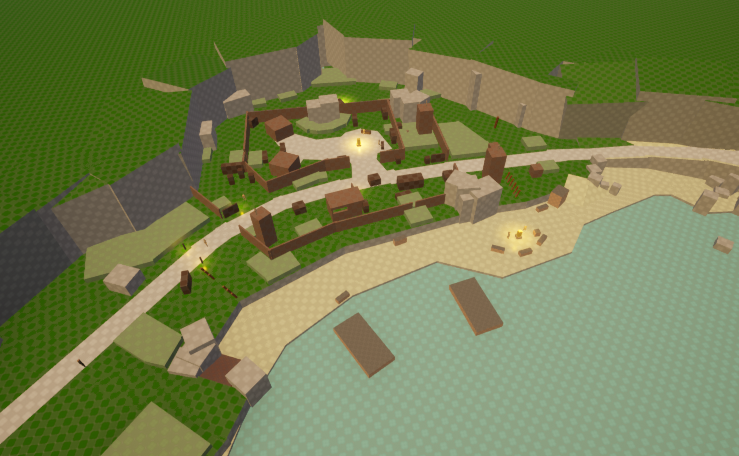Devils Pass
A Mongol Camp Level Design for Ghost of Tsushima
I challenged myself to create a ‘Mongol Camp’ for Ghost of Tsushima in < 1 week. I wanted to understand how these levels come together. So I set out to create something that would fit, while also documenting my process.
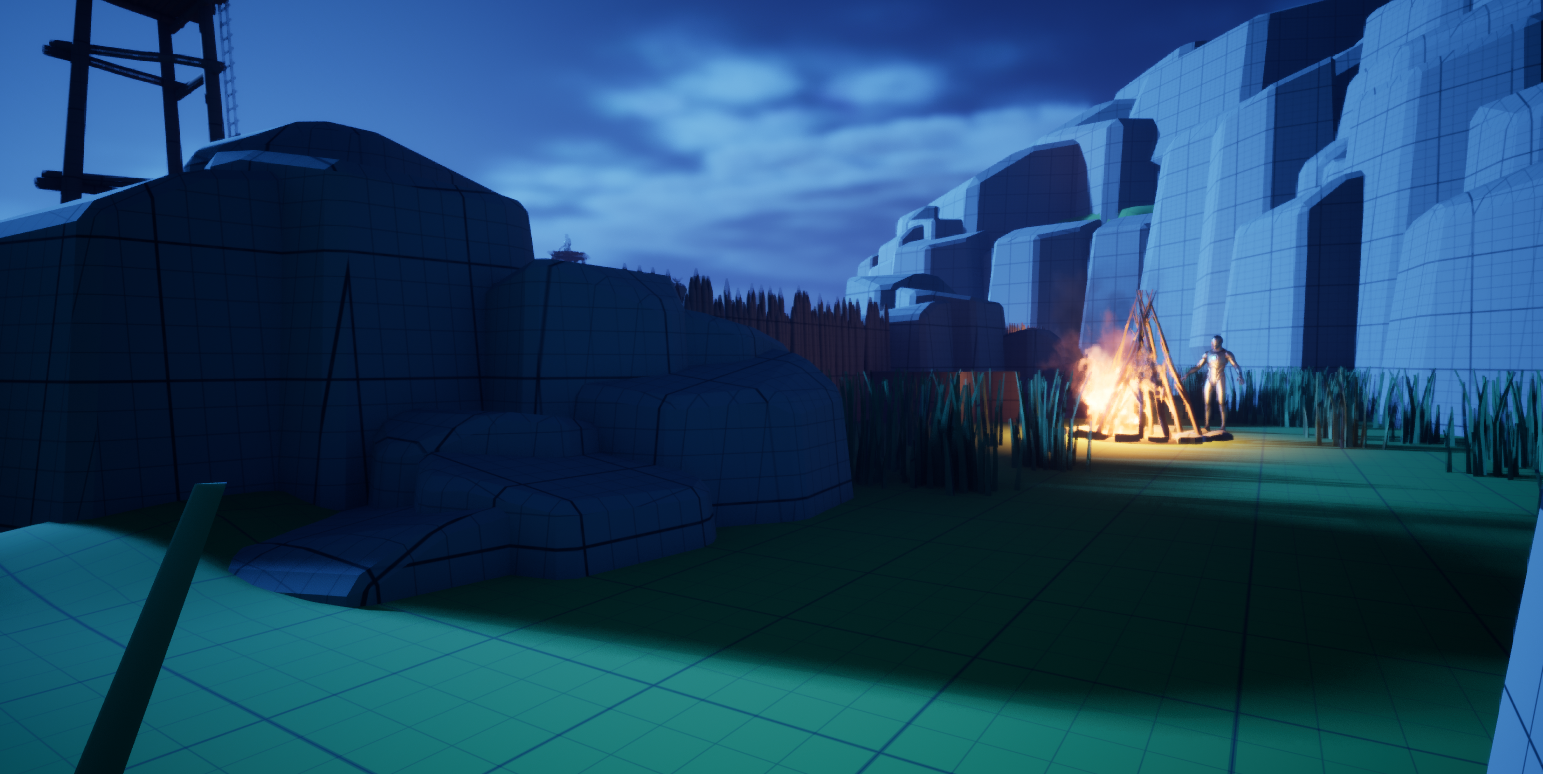
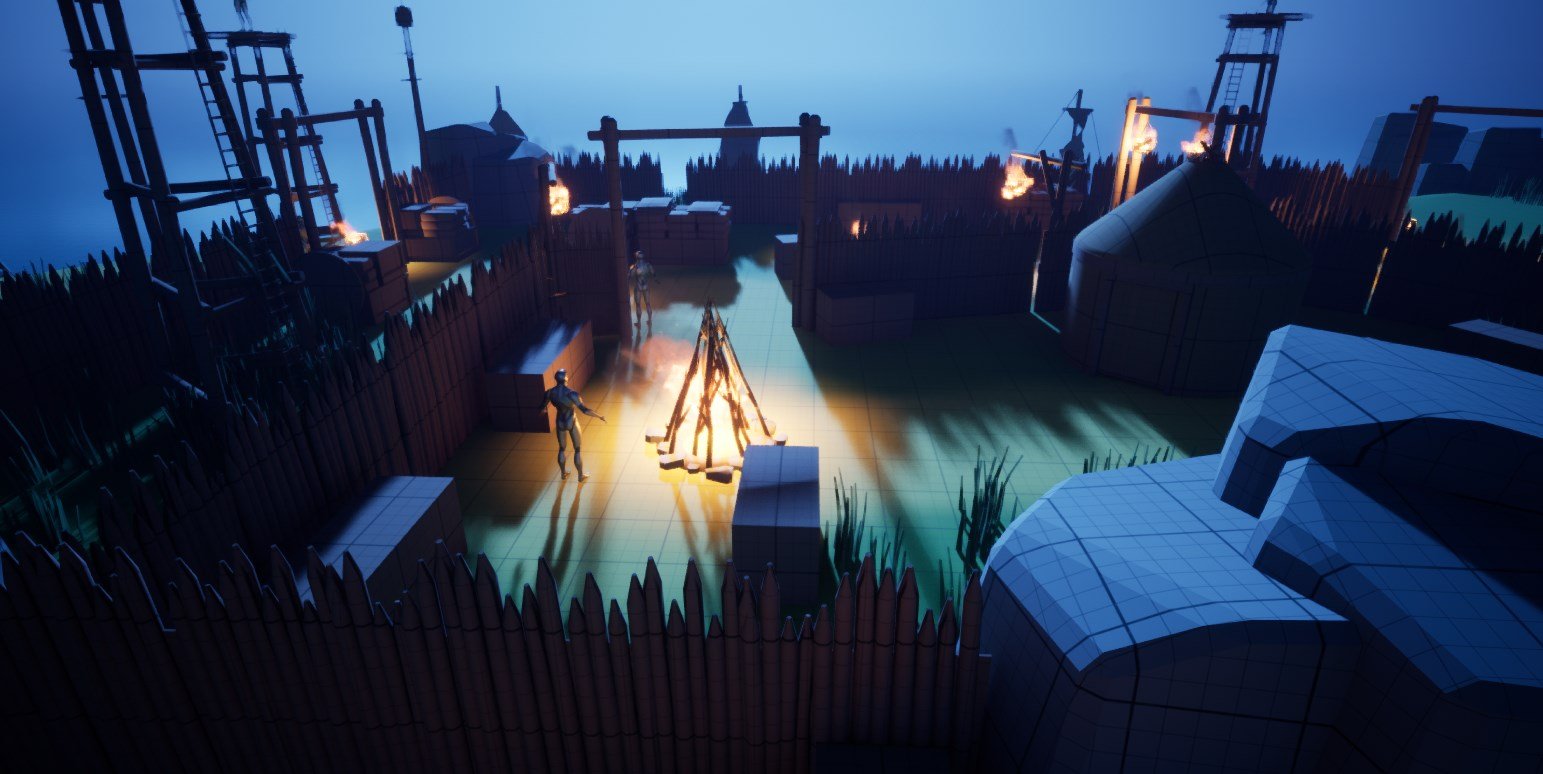
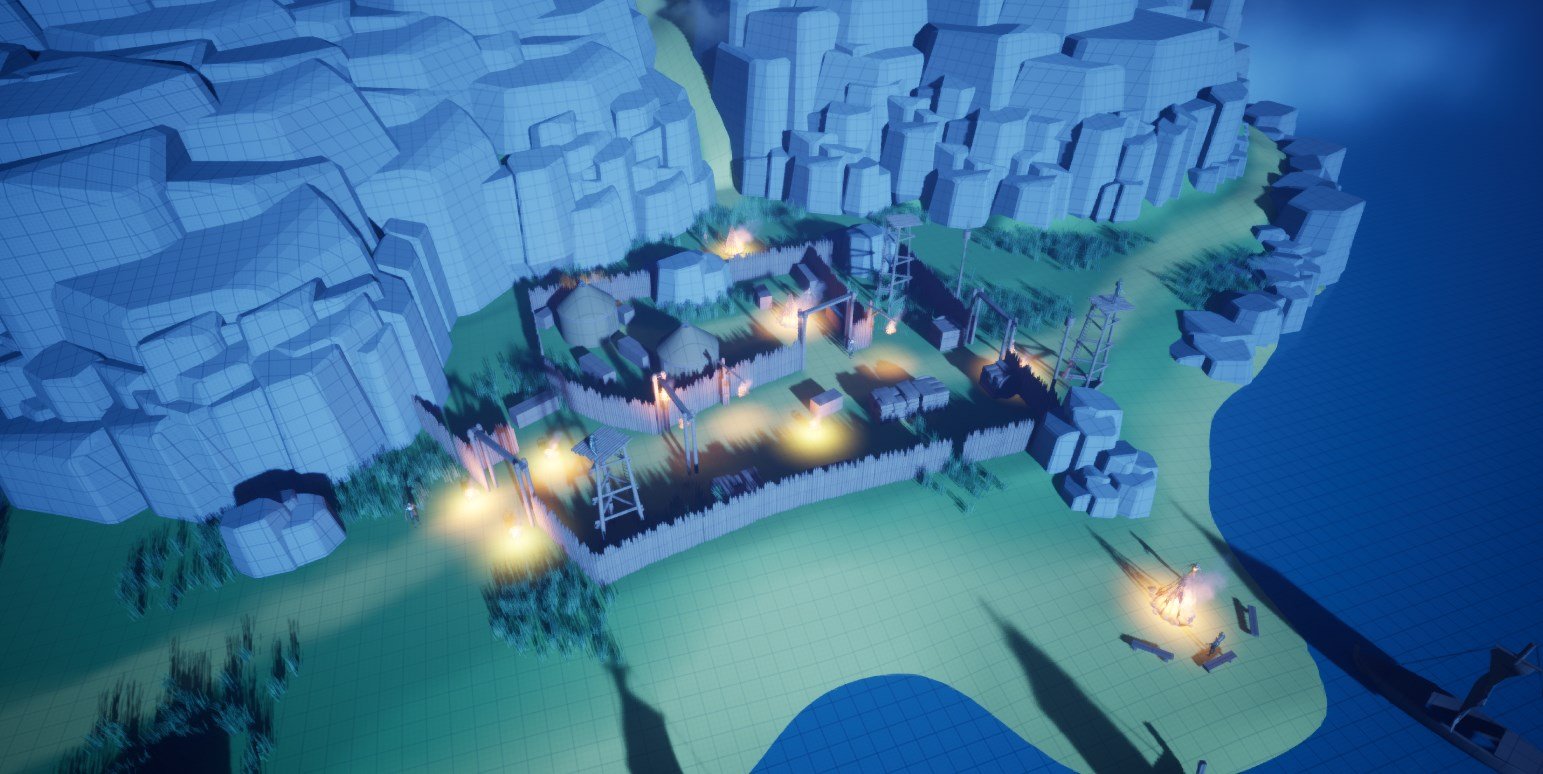
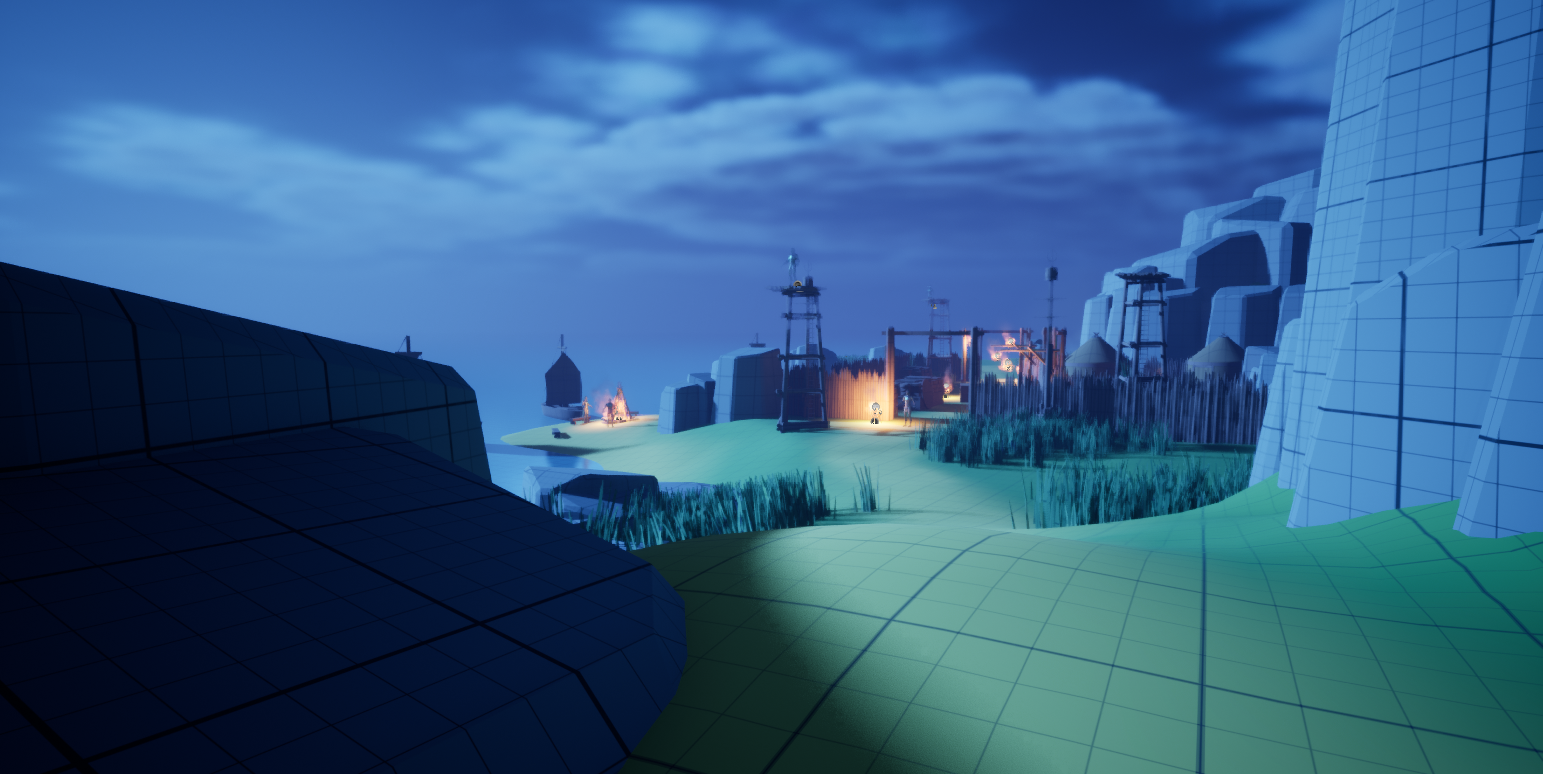
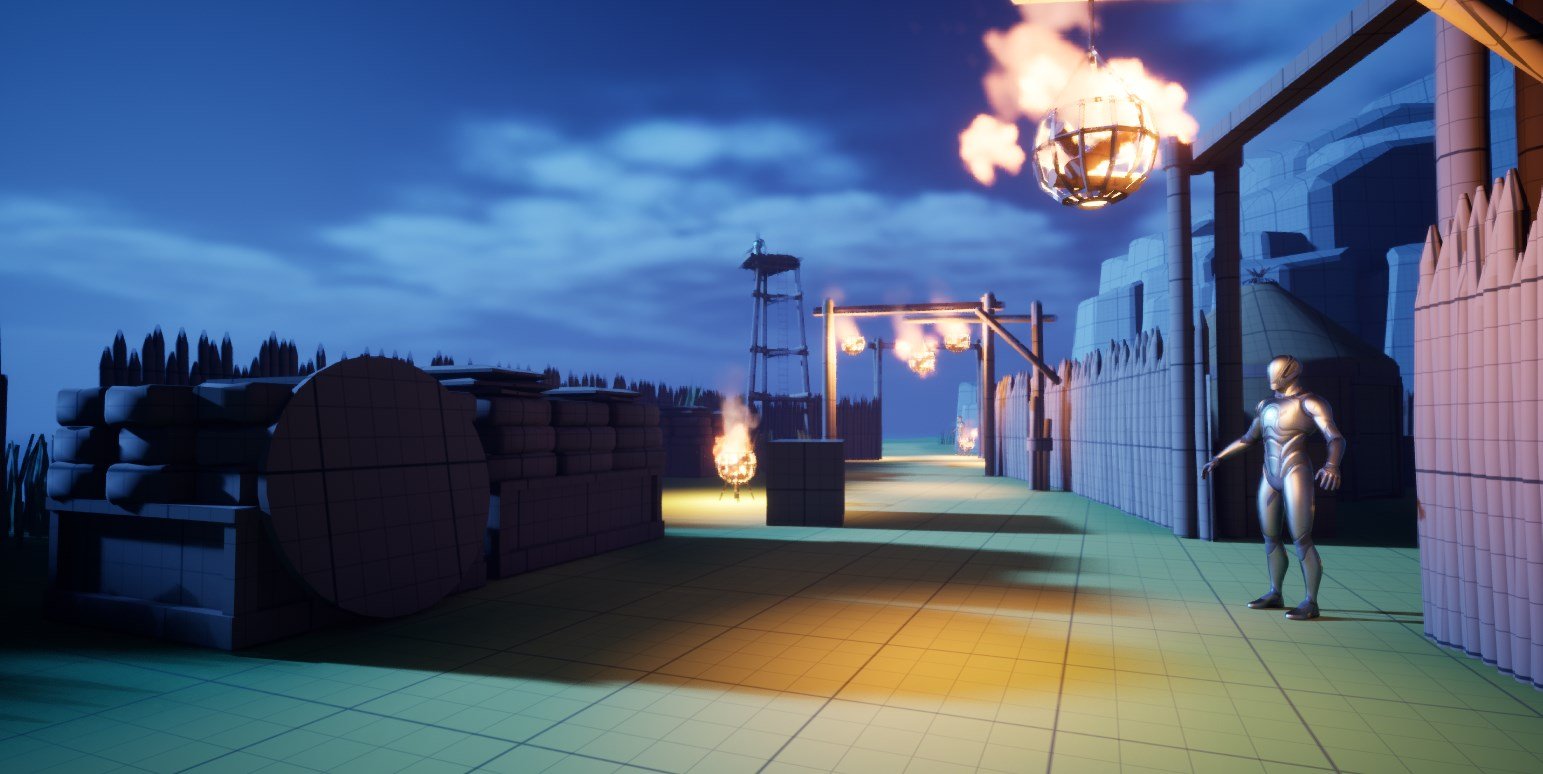
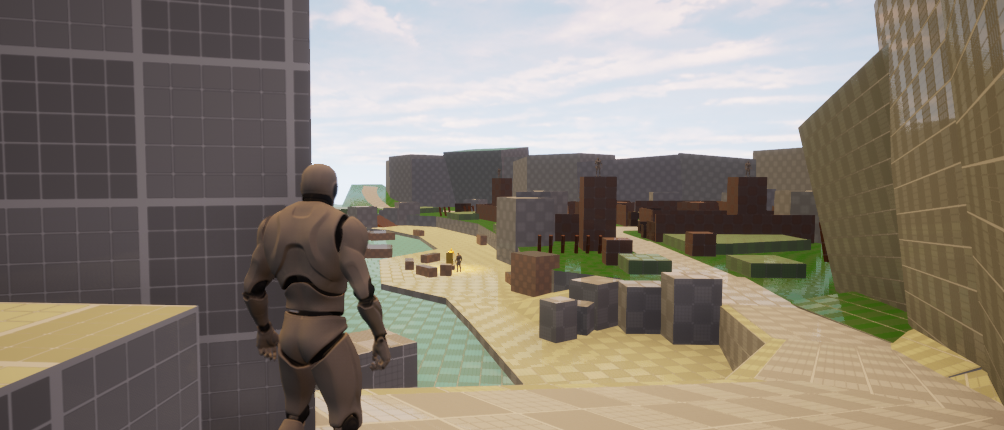
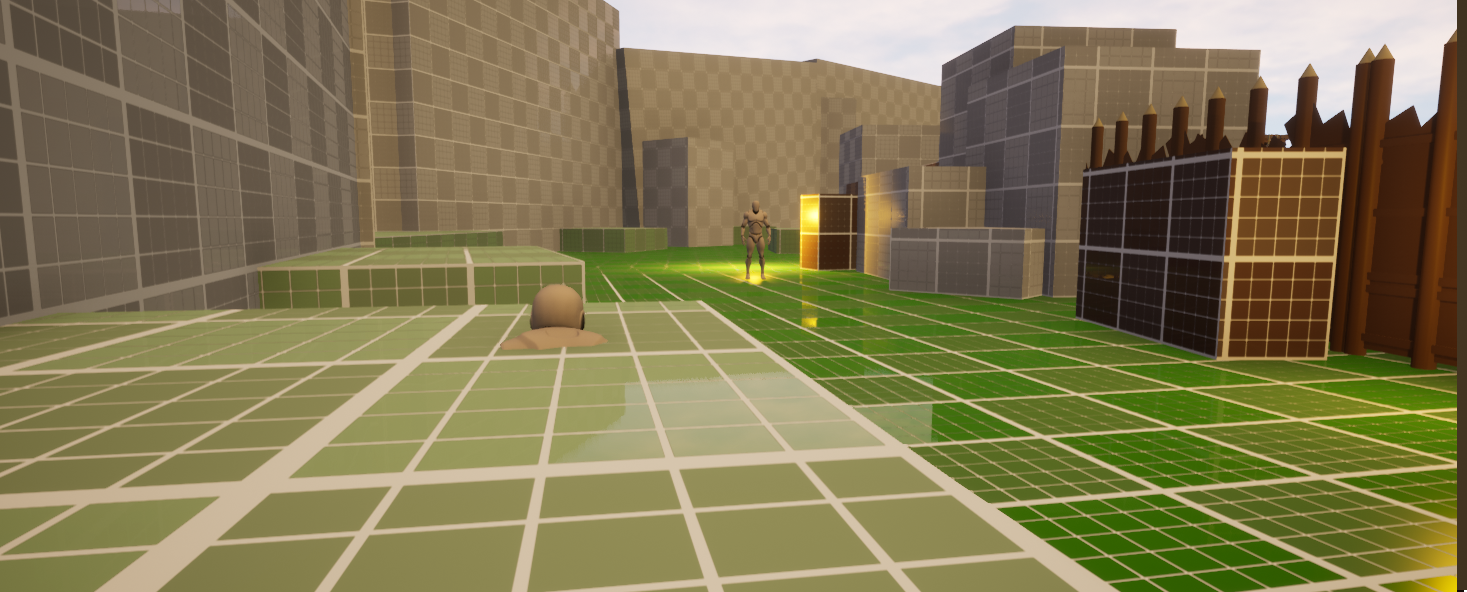
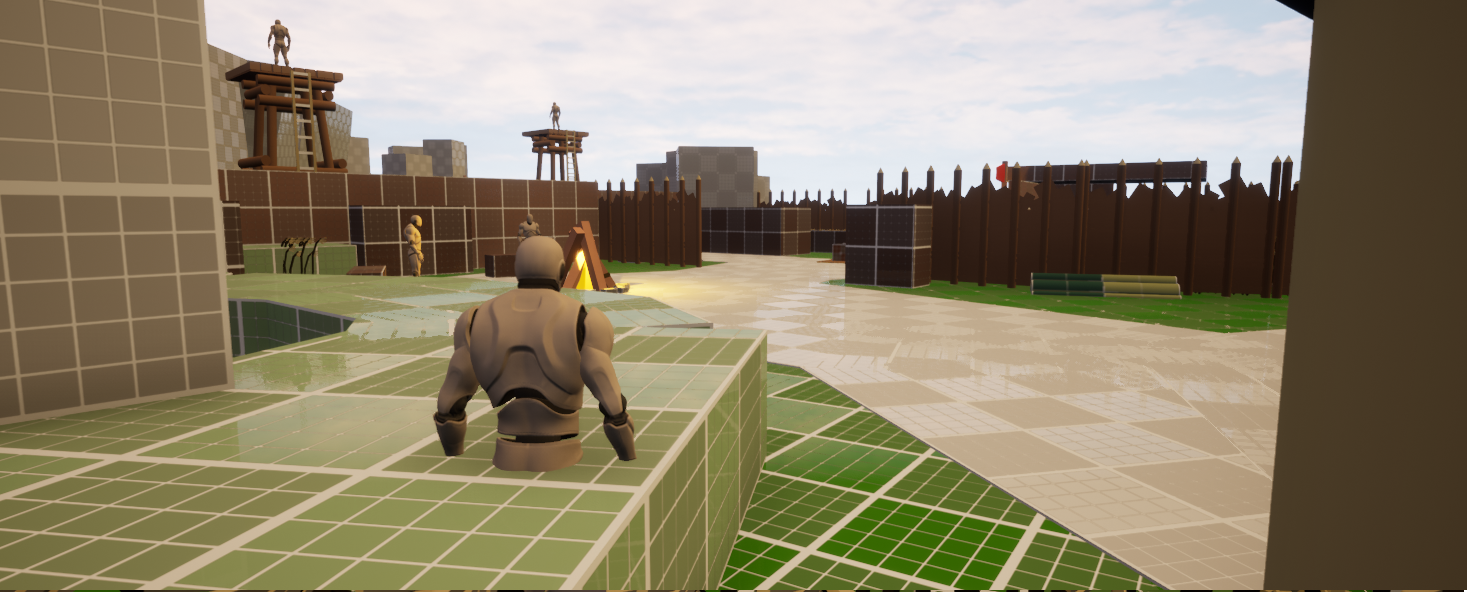
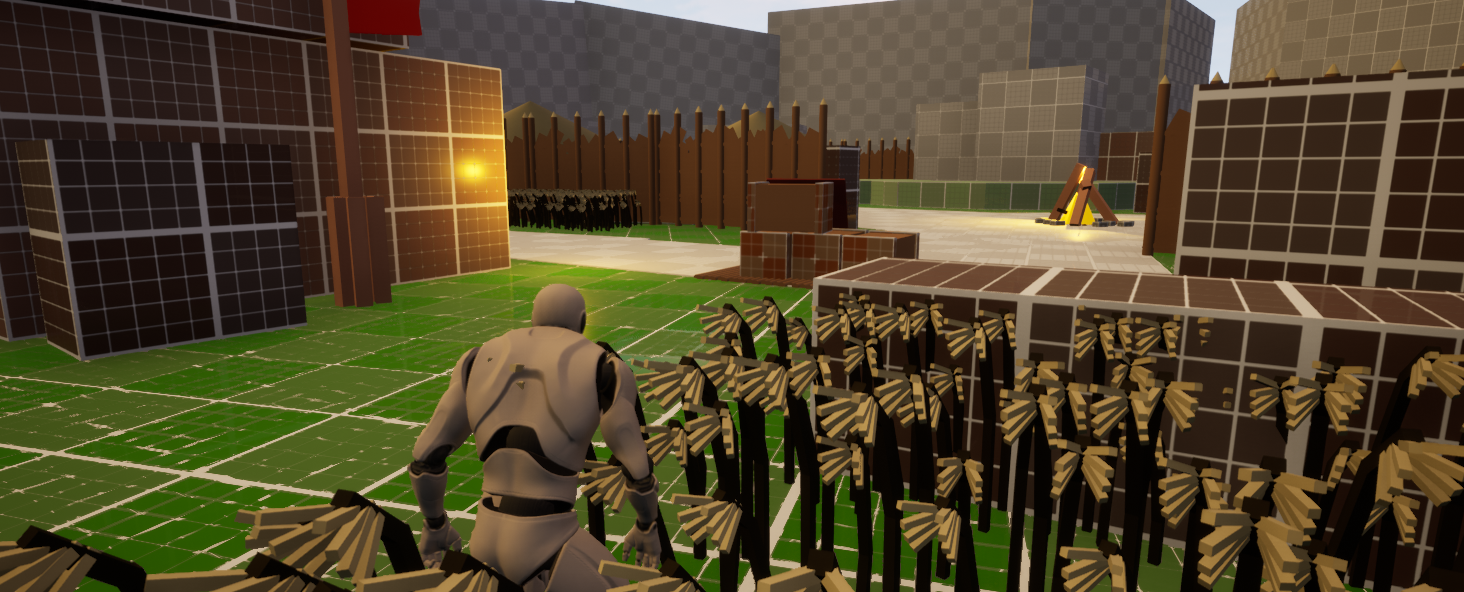
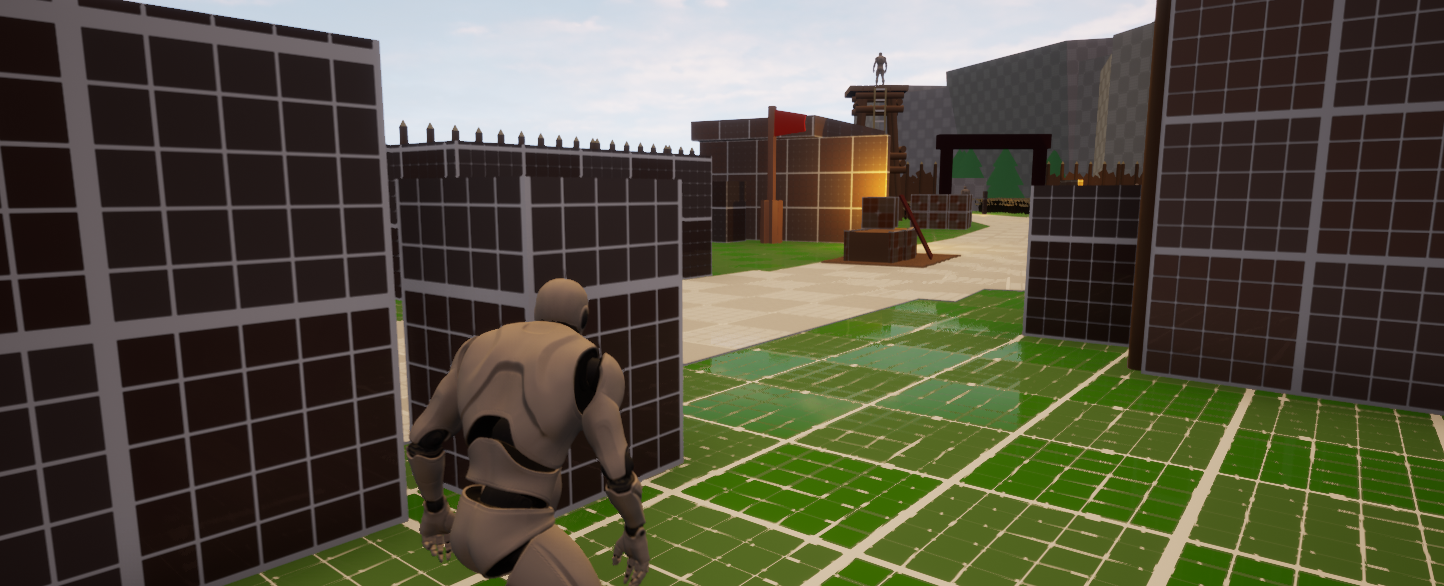
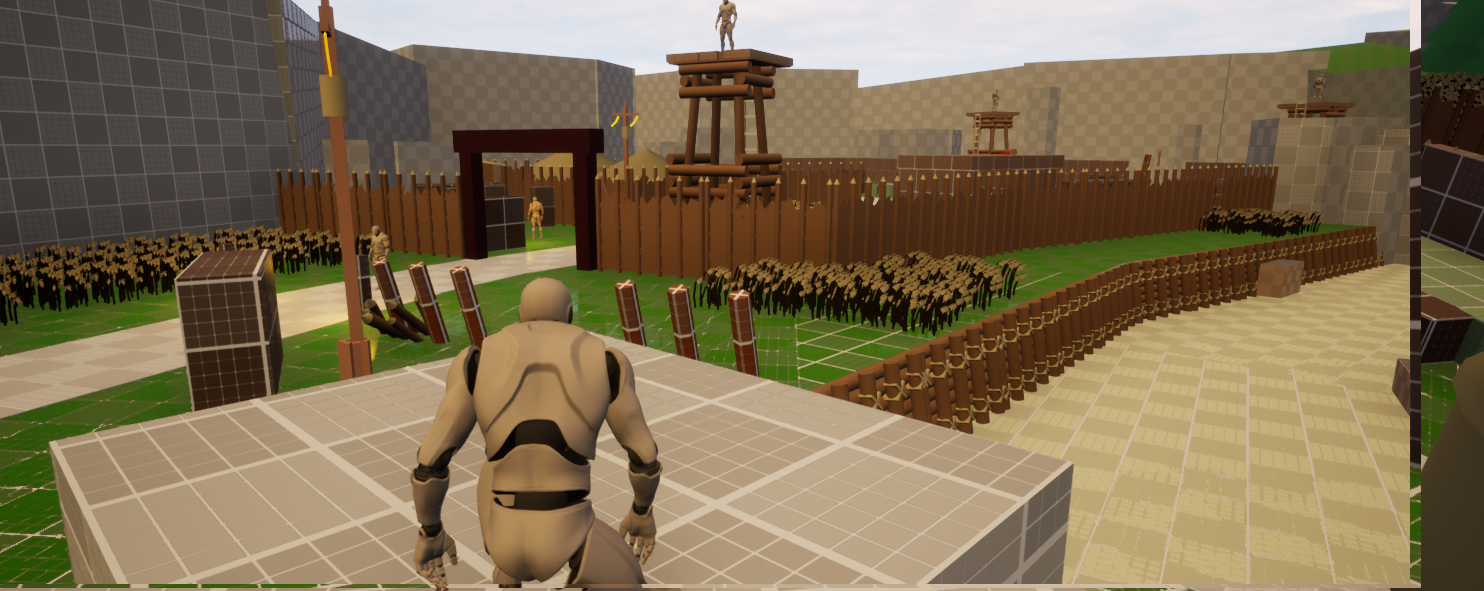
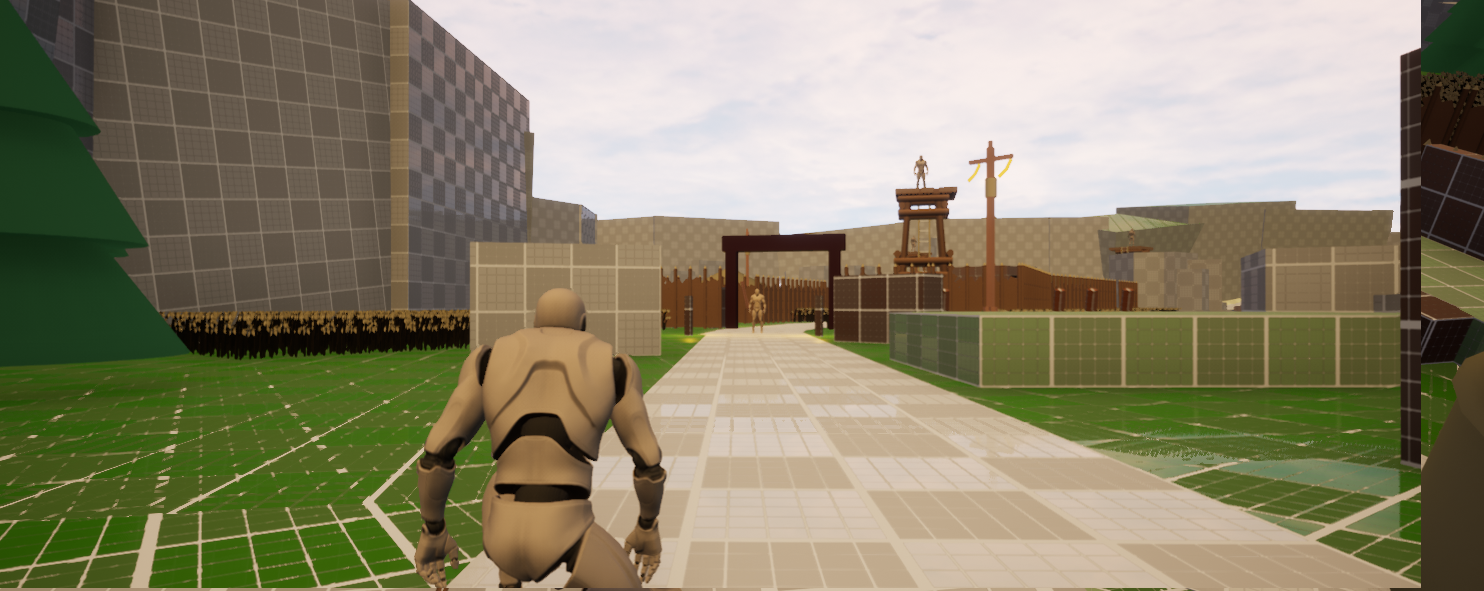
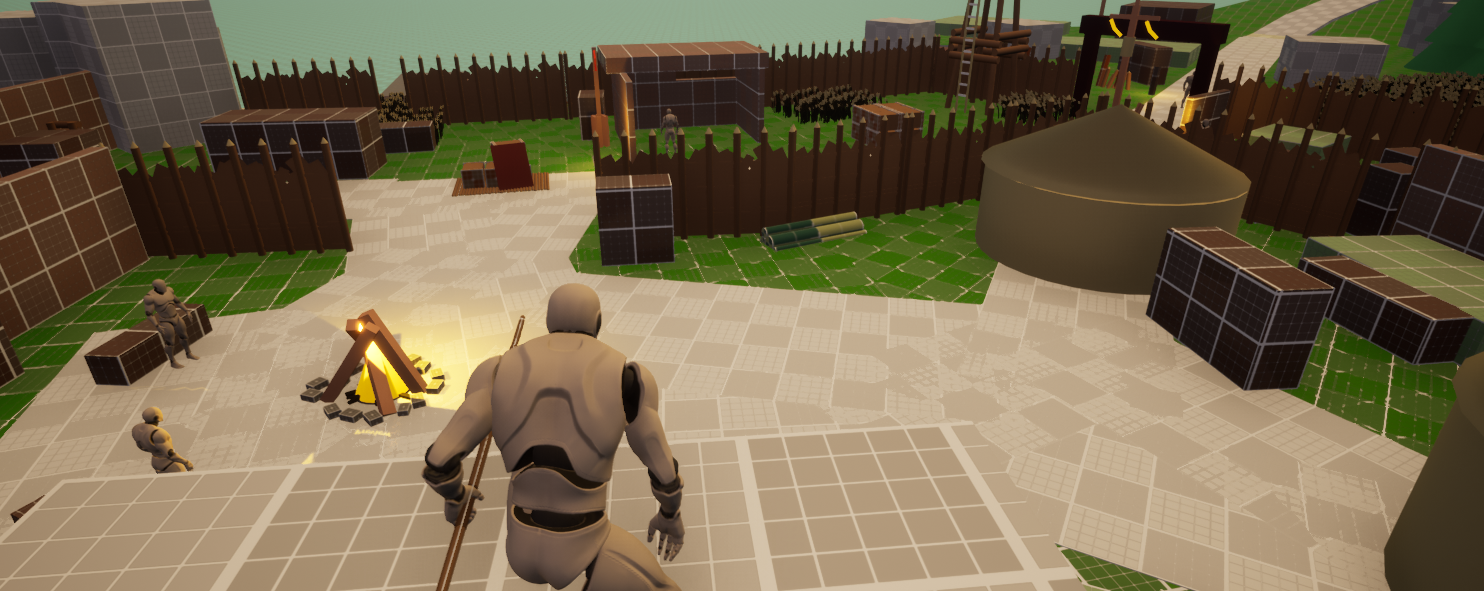
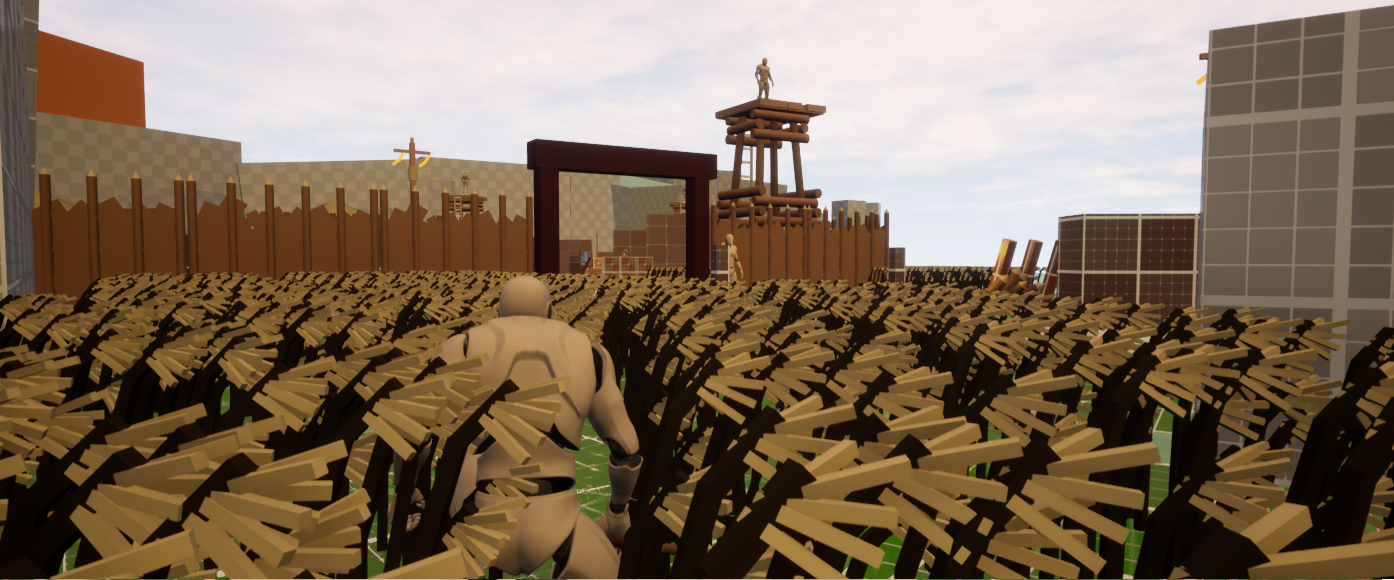
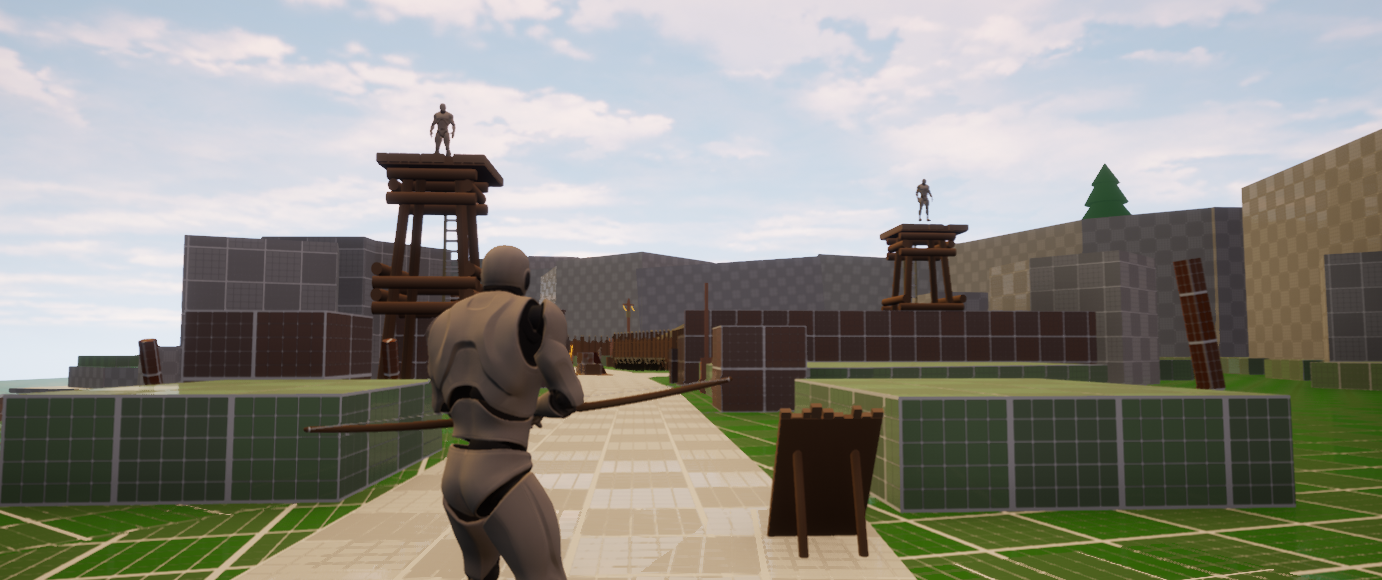
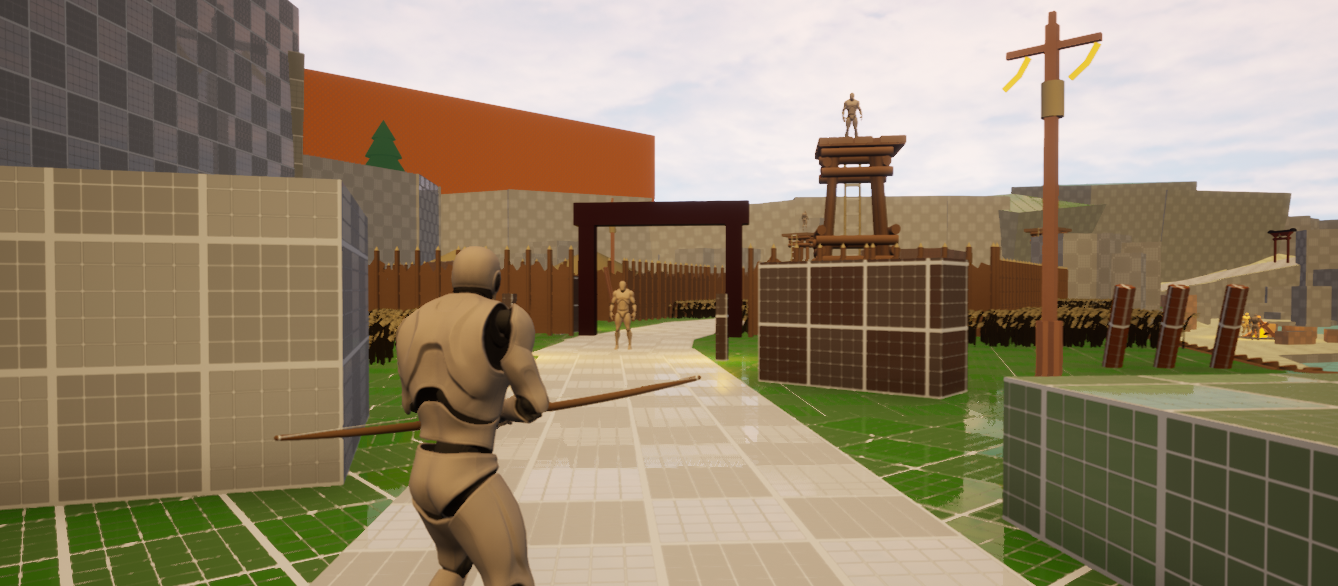
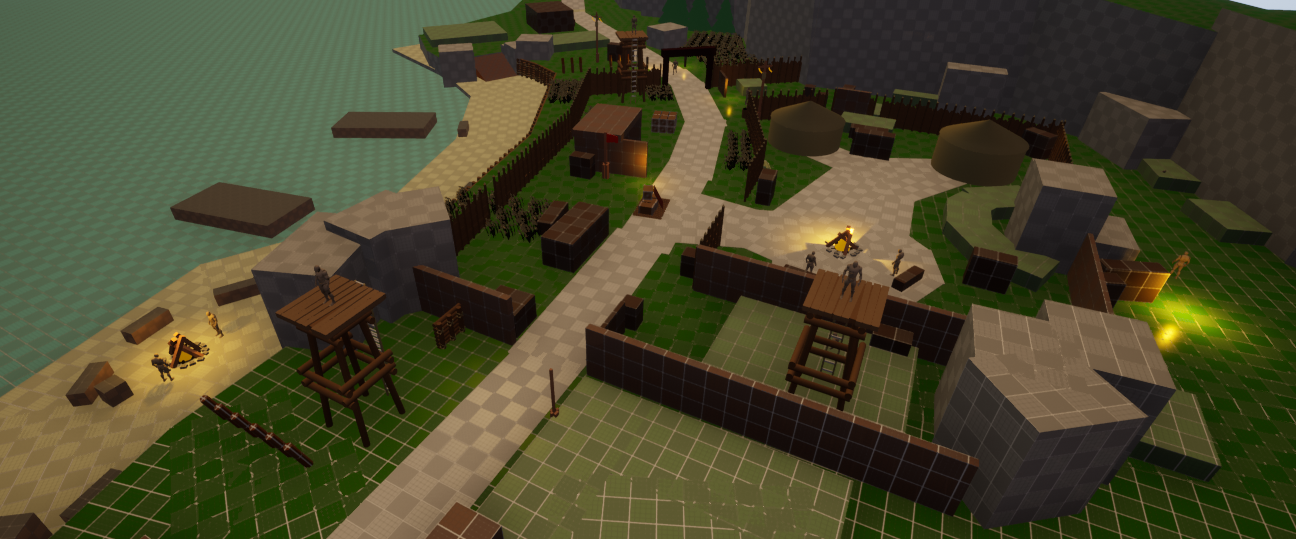
The Level: The ‘Devils Pass’ Mongol camp
Time to beat: 2 - 5 Minutes
Setting: Along his travels, Jin encounters a Mongol Camp along the ‘Devils Pass’, a treacherous trade route that runs along the eastern coast of Tsushima island.
Open world design
The level’s design allows for the player to come across it like any other camp available in Ghost of Tsushima.
Supports all three playstyles
Each playstyle of the game: the Assassin that kills from the grass, the Samurai that attacks the camp head on, and the Explorer who surveils the camp for the best possible entry, are supported in the level’s blockout.
Fully featured
Stealth grass, geo that blocks enemy sight, points that you can squeeze through, and more are featured in this level. This level follows the rules and constraints that make Ghost of Tsushima’s Mongol Camps exciting and rewarding to clear.
My process:
I’m documenting my process working on this level as a piece of reference for students, designers, and myself to glean some insight from the process of “trying to match another designers design.” I have it broken down into linear steps. You wouldn’t go through these step by step, without once going back to the drawing board. But I wanted to show what that may look like.
Step 1: Research
I started by picking up a new game of Ghost of Tsushima. I spent a couple hours each day for a week playing through as many of the Mongol Camps as I could, and progressing the story when needed to access the next set of camps.
Screencap of some of the notes I took during play
I treated each Mongol Camp and it’s surrounding area as a ‘level’, taking note of whatever stuck out, but especially:
how each level was structured
the common elements found between most camps
the elements that diversified certain camps from others
the playstyles each camp supported
player flow through the level
enemy placement
cover placement
Step 2: Inspiration
Once I had a good idea of how levels were structured, I began gathering reference for what the level’s setting could be, along with anything that might give direction for actually laying out the level.
Pinterest board where I gathered reference
Images of lush ravines with lots of vegetation and rock that acted as natural cover really spoke to me and the nature of Ghost of Tsushima’s gameplay. So I used that ravine as a jumping off point for what the area’s landscape could be like.
A ravine that widens and spills out into grassy area with plenty of surrounding tall rock walls could act as the location where the camp may be.
A surrounding area where the waters that flowed through those rocks thousands of years ago eroded the rock and formed a larger patch of arable land right on the waterfront.
A dangerous road carved out of the cliffs that leads through this estuary like area and onward through to the other side.
With these core geographic features, I felt as though I had enough inspiration from the reference to start designing the camp.
Step 3: 2D Layout
To make a 2D layout that felt believable, I decided on a few key elements that’d drive how to start things off:
The landscape needs to feel real, with natural features that make sense alongside each other
a trade route/road needs to wind through/around the camp, to appear like a location with strategic value to the Mongols
supporting geo (high surrounding walls, open sea, choke points on either side) that show this a location that can be easily defended. Somewhere a Mongol Warlord would setup camp and defend from.
I used the notes to build out my layout; starting with a few shapes to represent the camp, and then adding definition and features as I assessed which rules weren’t being followed, and which elements were missing. Once I got a shape that generally resembled the geography and camp I wanted. I began messing with the proportions and adding more features (grass, crates, etc.) As I laid out this first pass, I also took note of how everything was visually presented. I wanted to create a 2D Layout that was easy to read, especially without a key, since it’d be my sole reference point for blockout. So consistency across props was key.
I kept iterating on the shape of the landscape and adding props and features. Eventually building out the camp walls, immediate surrounding area, and started thinking about how the player would approach the camp.
Every time I took a pass, I’d check my notes to see what was missing. I’d make sure I was following the important rules and making (or breaking) the less important rules of the camps to diversify gameplay. I’d annotate my workspace to remind me of the changes needed.
Here are the bullet points I wrote during gameplay, unedited:
What makes a Ghost of Tsushima Mongol Camp?
- A small camp
- usually placed on a road or where two roads conjoin
- enclosed by a wall made of wood + large boulders
- roads create breaks in the wall, entrances where the player
can enter
- usually at least 1 additional entrance created by boulders that
form part of the wall, where the player can get a vantage point
over the whole camp + drop in
- drop in area usually covered with fan grass
- area around the camp’s walls filled with fan grass that obscures
the players’ approach.
- gap between fan grass surrounding camp and camp wall, so
the player isn’t protected during their whole approach
- camps will usually have 1 - 3 archer towers, inside or outside
the wall. Usually 1 more than the amount of archers.
- the landscape around the camp will feature distinct natural walls
around 2 sides of the camp at least. To enclose the camp
and funnel them through the camp linearly. Gives off the
Impression of the location being tactically chosen. The natural walls
will differ in type (water, ravine, rock face, tree filled hill)
- archers will be posted on towers
- guards will be posted patrolling the entrances.
- small additional squeeze through breaks may be found in the wall.
They’ll be the places where fan grass touches the wall, and they’ll
have fan grass on the inside to cover the player’s advance, with
cover the player can immediately jump into.
- structures may exist outside of the wall, and if they do they’ll be
ruined and destroyed, serving as combat areas for if the player
takes a more direct approach.
- Areas populated with enemies will have light.
- camps contain areas where soldiers sleep, a campfire they gather
around, an area where they keep food, an area they keep weapons
and ammo, a stable
- each camp has a camp leader
- each camp has an inner and outer area. a more densely packed
inside where you can have direct combat, and a looser outer area
where the player can escape
- the boulder wall + vantage point is usually central to the camp.
- torches line camp walls
- barrels, stacks of wood planks, timber, carts of supplies, cloth bundles,
weapon racks, animal trap crates, big bundles of hay/straw, racks for
horse gear, training dummies, and buckets act as geo inside camps.
- camps have different levels with ramps and wooden retaining walls
allowing for differences in height
- rocks are allowed near roads and inside camp walls
- big fires illuminate large areas
- big tents can be fully walled or unwalled.
- existing houses may be part of camps
- mongols may have built additional fixtures and buildings for fishing or
general purpose
- poles with or without connecting cables that the player can move between
- wooden gates inside the camp that allow the player to jump upward
The camp I am reviewing has this enemy make up
- 1 enemy at guarding an entrance
- 1 leader practicing on the road
- 1 enemy taking care of duties (brushing a horse)
- 1 enemy sitting on the archer tower
- 2 enemies chilling down by the fire
- 2 enemies patrolling central camp
- even distribution of guys with or without helmets
- simple geo breaks up spaces and lets the player hide effectivelyI called it on iterations once I felt the level adequately met the requirements to be a Mongol Camp, and gave enough direction to make blockout as simple as possible. I wanted to make sure blockout was just about making sure gameplay was fun, not proving it worked. So giving the 2D layout a bit extra polish was important to me. Once done, I was ready for blockout.
Gif showing the progression of the 2D Layout from start to finish.
Step 4: Blockout
To start, and to better understand the metrics of Ghost of Tsushima, I created a simple area using basic geo that matched the general heights and widths of cover, walls, and climbables in the game.
I then set out to replicate the layout. Once done, I playtested to see where spacing between areas, cover placement, stealth grass availability, and blocking geo could be updated to make for a better play experience. I also took a pass on enemy sightlines and paths.
Once the blockout felt right for a small-to-medium sized Mongol Camp, and like it matched the energy of the layout, I did a pass to make sure that the camp and its surrounding areas supported the three styles of approach I observed when playing Ghost:
Direct Combat Approach: The player enters the level ‘guns blazing’ initiating a stand off and having cover that they can use to negate enemy missile attack, dodge opponents around, and effectively fight through the camp as a one person army with.
Direct Assassin Approach: The player enters the level moving between cover and stealth grass to sneakily dispatch all enemies as they navigate through the camp.
Exploration Approach: Each Mongol Camp in Ghost of Tsushima features a path that requires a bit of exploration, that rewards the player with a safe point where they can observe the whole camp and choose their next action.
This would be the final step that I’d take for the blockout. I knew I wanted to spend < 1 week with this level. And I also had to admit to myself that there’s only so many improvements I can make in blockout without being able to test with Ghost of Tsushima’s gameplay.
Step 5: Polish
As part of my final steps on the level, I took a pass on developing the areas on the edges of the level, making sure that the camp was properly highlighted and appeared as a fun challenge for the player to overcome when discovered during open world play.
I also wanted to make sure that the final result looked good, and I was personally a bit skeptical of the proportions of a few props in the scene. So I began modeling out props and upscaling the camp for the final result. It helped make the level a lot easier on the eyes, and let me shift gears and think about how this would all be presented. Then I realized that I’m a level designer, not an environment artist. So I just told myself that “times up” and didn’t continue. I may at a later date, but I think it’s unimportant at this point.
Step 6: Retrospective?
Here’s an image of the final result! So pretty. A slideshow of shots from the finished level can be found at the top of the page.
This was the most fun I’ve had with a side project in a while. It was great getting my thoughts out onto paper, and explaining my process in a way that is somewhat accessible. I’m definitely not doing a write up like this for every level I make, but this was really nice to try.
Also, I kept having to remind myself that once I took my final pass on supporting each playstyle, that was it. It was done. There were a few things I realized I could have improved after my self-imposed deadline. But game dev is all about deadlines, yeah? Hopefully this passes as workable enough for what is essentially a quick level sketch! Haha.
What will appear above as the actual page for the level will hopefully be a video or slideshow of images, coupled with gifs of the core features of Mongol Camps that I focused on. If I did this all correctly, it should serve as:
A fun look into how I design a level
A (hopefully) impressive portfolio piece to show potential hiring managers
A good reference for how designers should show off the content of the levels they make
That is all. It’s late, and I've got to sleep now. Thanks for checking this all out!







